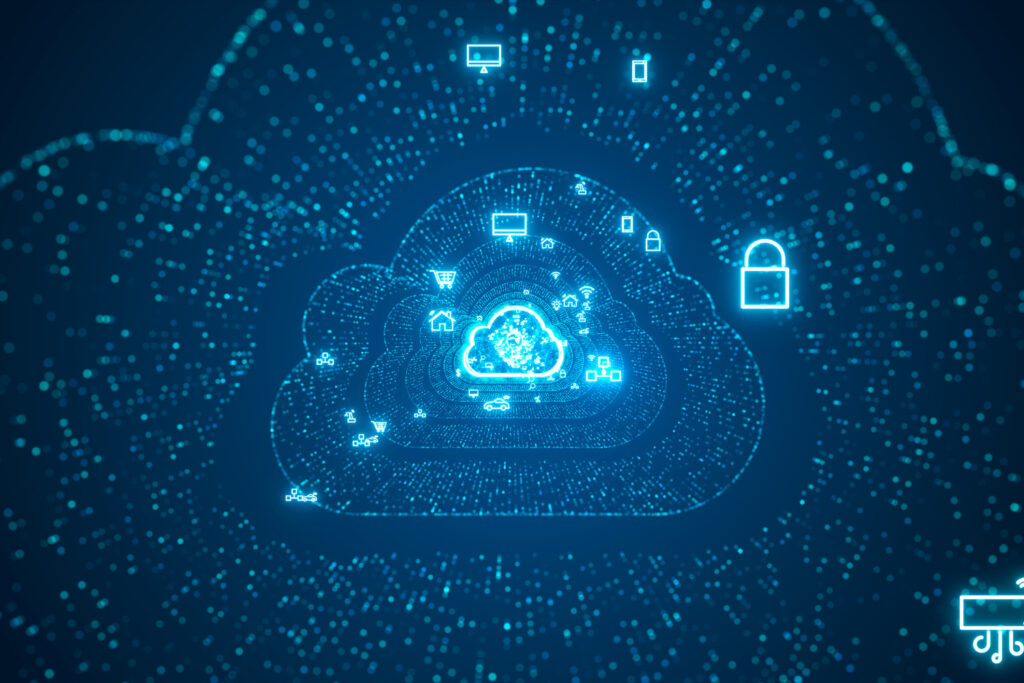The internet of Things – or IoT – describes an ecosystem of connected computing devices and entities. They include machines, objects, and people, each with their own unique identity, exchanging data across a network.
We see many examples of these entities in our everyday lives, wherever technology is at work. In cars that use sensors to alert us when maintenance is required for a particular area – like tyre pressure or oil top-up; in household appliances like refrigerators and ovens that let us know when food needs restocking, meals are ready or thermostats are adjusting; in people with medical modifications like heart monitors or pacemakers; and so on. IoT is all around us, and constantly evolving.
All these things constantly collect, send and share data they generate from their individual environments and interactions. In this way, software can analyse how each thing is behaving and make improvements in real-time for the greater good – to enhance quality of life, increase efficiency and productivity, ensure safety, reduce costs, and many other valuable benefits: all with hardly any human intervention.
Undoubtedly, IoT helps people get more from their personal and professional lives. It is also creating exciting new possibilities for businesses of all sizes, through operational insights, intelligence and automation. 68% of executives believe that adding new IoT devices
to their environments is critical to innovation and growth.
However, its widespread usage and vast access to and management of data makes it a high-profile target for hackers. 60% of security practitioners believe IoT and OT environments are one of the least secure parts of their IT infrastructure – and 39% of organisations have recently experienced a security incident where an IoT device was the target of the attack.
If IoT systems are not properly protected, the consequences may be devastating.
The risks may outweigh the rewards
All these billions of devices and data points represent an enormous attack surface for cybercriminals. As connected device volumes increase and more information is shared, the potential to steal and exploit confidential or sensitive information also increases.
What’s more, the nature of IoT means that if a single, harmful piece of malware enters the ecosystem, it will quickly spread between devices – and could avoid detection for a long time. This is about more than personal data. An IoT breach could threaten critical infrastructure, including electricity, transportation, healthcare and financial services. It’s also extremely disruptive to, and expensive for, operations. A recent ESG report, Analyzing the Economic Benefits of Microsoft Defender for IoT cited that the average downtime resulting from each attack is 21 days – and that avoiding a ransomware attack can save a company with 32,500 devices more than $35 million over three years.
Take the right steps to secure your IoT estate
Securing your IoT is therefore essential – and it starts with Zero Trust.
Firstly, check that your overall business environment is protected and capable of keeping IoT devices safe. Verify your employees and ensure you have visibility of the devices they’re using on your network – to ensure they’re authorised to use them. Once you are happy that standard baseline security requirements are met, you can focus on the IoT aspect in more depth.
Register all relevant devices and use strong identity authentication so you can always be sure that they are talking to and being accessed by the right people. Implement Least Privilege access rules to mitigate any damage resulting from these identities and devices being compromised by a hacker. Assess the existing security posture and health of your IoT ecosystem, evaluate vulnerabilities and insecure passwords, then maintain ongoing threat monitoring. And upgrade and update your security continually so you can be confident you always have the best protection in place.
Microsoft’s suite of IoT security solutions provides you with this peace of mind, without compromising your working life. Benefit from visibility and status of all your IoT assets and devices while improving your security posture using a risk-prioritized approach that harnesses built-in AI, automation and hands-on expertise. Plus, if the worst should happen, you will be able to respond fast with tools that are specially optimized for your security operations centre.
Microsoft Defender for IoT discovers and displays assets the moment they are connected – so you can quickly and easily secure them. Networks segmentation offers additional security for your data and devices, while continuous monitoring means threats can be detected and fixed before any lasting damage is done to your business. In fact, Gartner gave Microsoft the highest rank for execution in its magic quadrant evaluations of endpoint protection platforms, on this basis.
How we can help
To ensure a holistic approach, it’s best to involve an independent consultant: someone who can get to grips with your business and its needs yet offer impartial advice about how to achieve your objectives.
Transparity can help. Our security team are experts in securing and maintaining modern work environments and can implement best practice for your IoT ecosystem.
Using our advanced Managed Security Service, you can mitigate threats while removing the hassle of maintaining a secure environment at work through our monitoring, management and updates. Meanwhile, our Threat & Vulnerability Assessment gives you an accurate picture of the security of your environment and specific areas for improvement.




